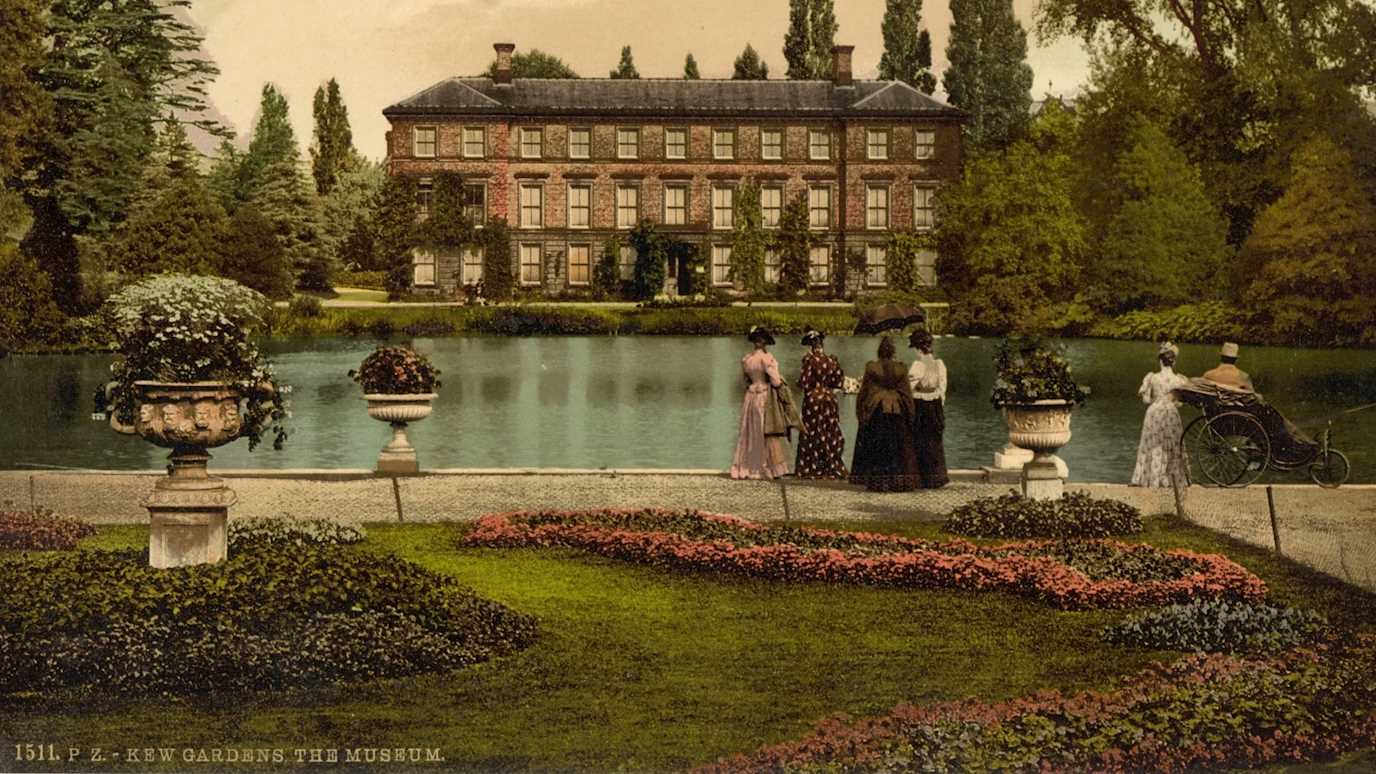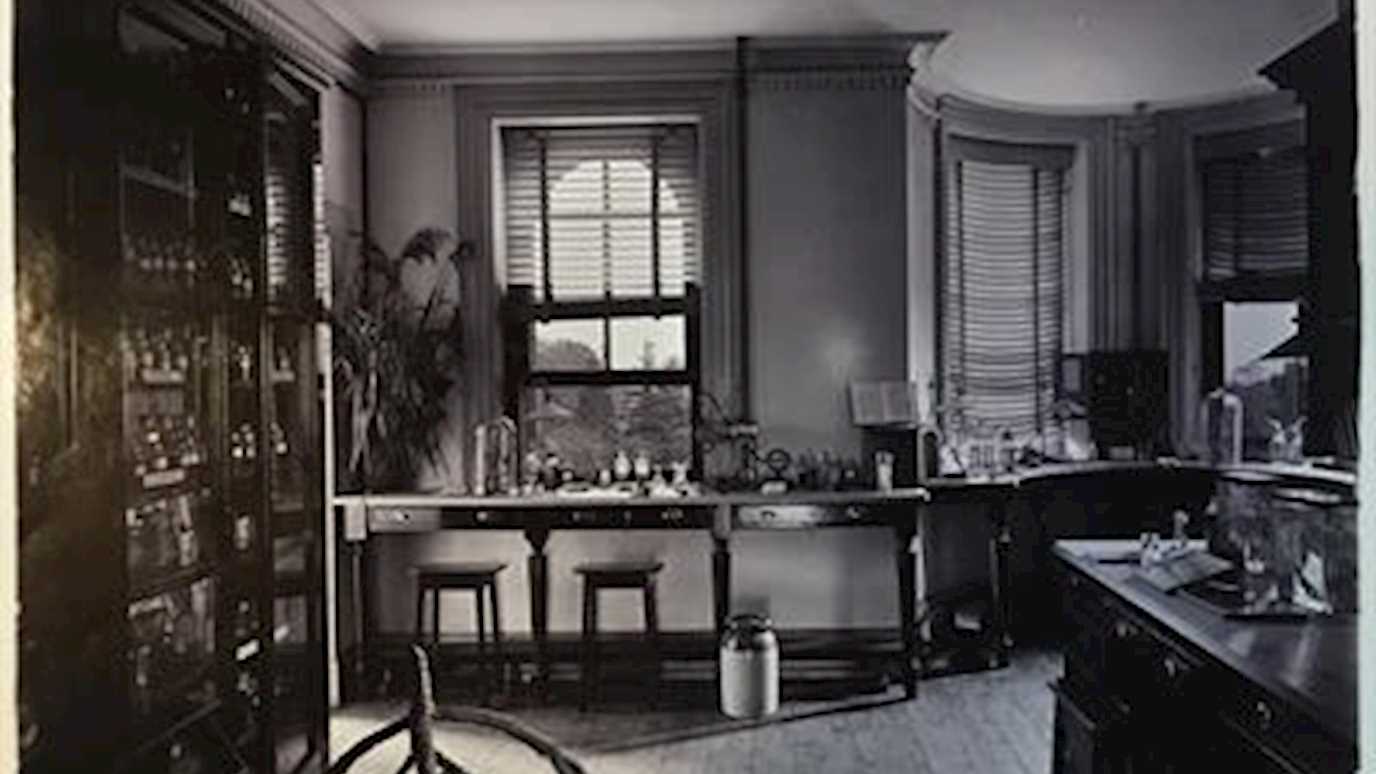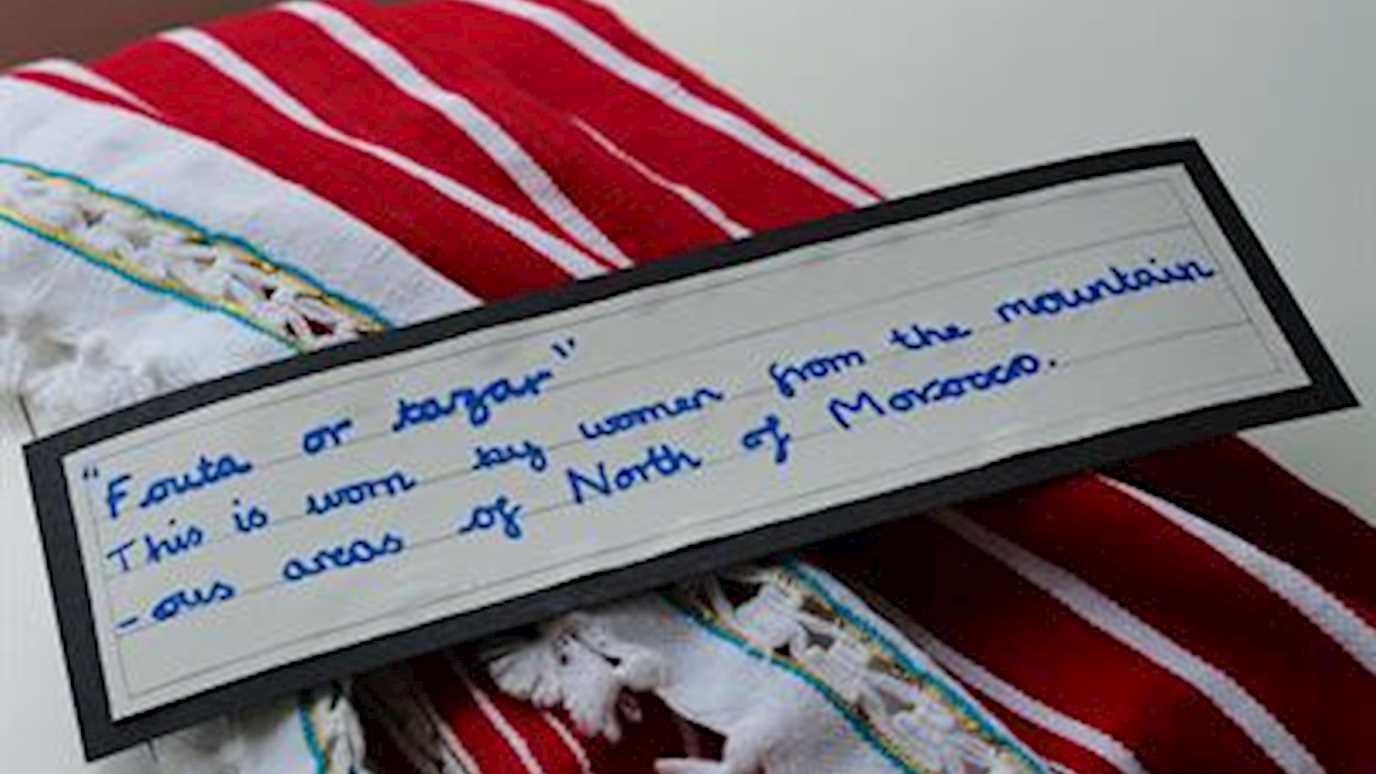Posted on 05/09/2017 by Beth Wilkey
Last month the Mobile Museum project team enjoyed a sunny afternoon visiting Spring Grove House in Isleworth, which forms part of the West Thames College campus.
Spring Grove House was once home to Sir Joseph Banks (1743-1771), botanist, explorer and integral figure in the history of Kew Gardens.
Banks is perhaps most famous for his voyage on HMS Endeavour with James Cook, which resulted in significant field collecting of specimens and artefacts across Oceania and Australia. Banks had a key advisory relationship with Kew Gardens which included dispatching explorers and botanists to collect plants on behalf of Kew. Partly thanks to his investment Kew became one of the leading botanical gardens in the world.
In the 1770s, Banks purchased Spring Grove to be his country residence. Plants featured heavily in the function of the property, with the grounds holding conservatories, greenhouses and areas for horticultural experimentation.
Today, the exterior of the house features a flower bed of Banks-related species planted by Kew horticulture students some years ago. Seeing this sparked ideas to reinvigorate this relationship between the two sites. The remainder of the house is also surrounded by plants, although the Winter Garden – an enclosed space with huge windows and beautiful tiling – is devoid of botanical specimens.
Inside the house, there are various meeting rooms, offices and function spaces – two named after Banks and Cook. The music room was particularly beautiful, with lots of light and decoration, and the entrance hall features a wooden staircase and stunning stained glass window. The building as it exists today is Victorian – it has been renovated and developed multiple times since Banks lived in it. Other famous residents include the Pears family (of soap fame) who made extensive changes.
Banks’ other property was in Soho, so Spring Grove was useful as a base when he had dealings with Kew – today, it is only a few minutes drive away. Of course in Banks’ time, transport was likely a horse and carriage: an alleyway remains today (the Banksian Way) directly opposite the entrance to the house, which Banks and his visitors would have used to approach his residence.
A huge thanks to Annie Hartley, Chairman of the Friends of Spring Grove House for showing us around – it is well worth a visit. It has also been great preparation for us as we will be attending the Joseph Banks: Science, Culture and Exploration, 1743-1820 conference at the Royal Society next week.
Spring Grove House will be open to the public as part of London Open House in September.
























